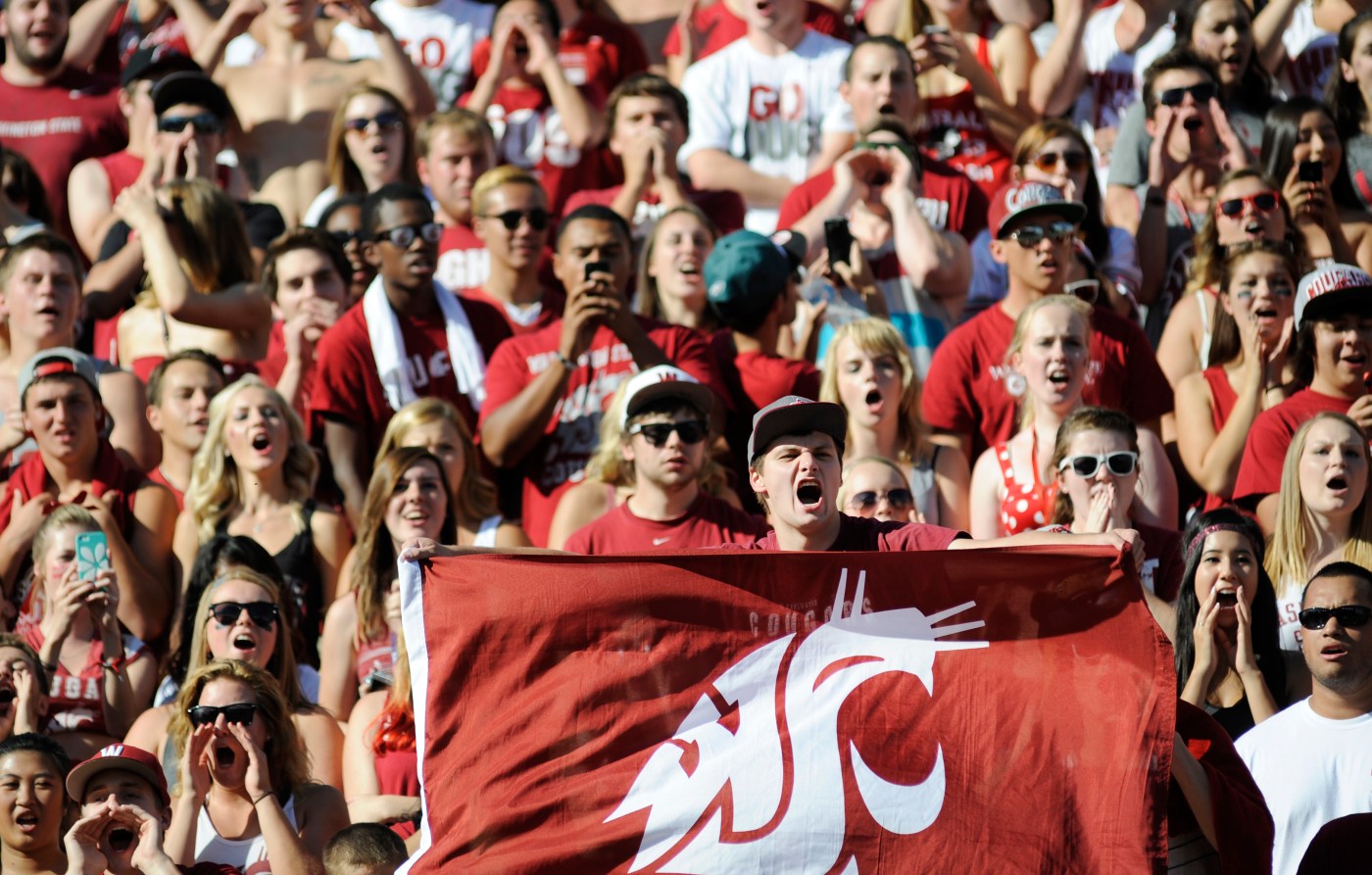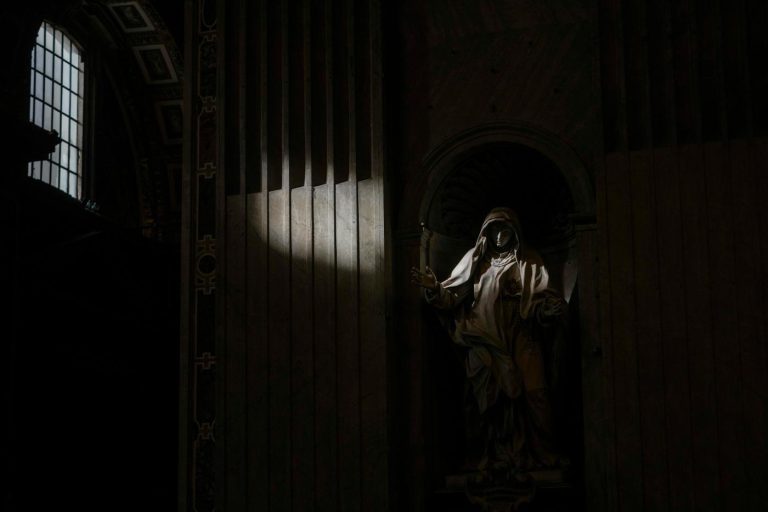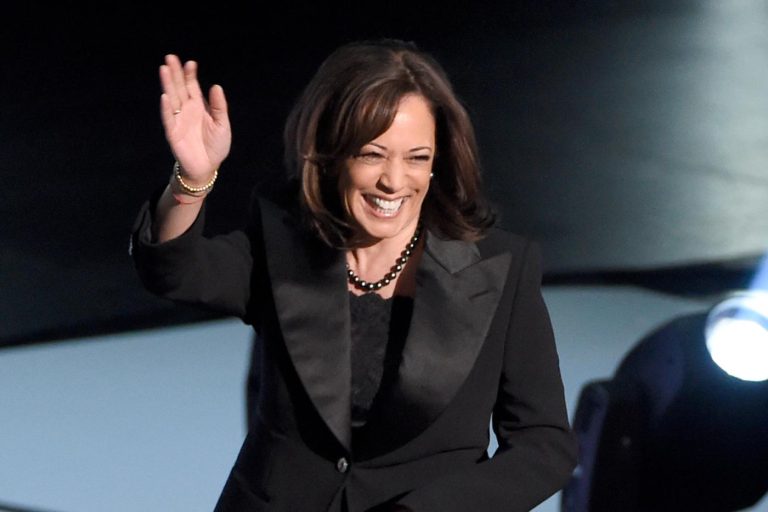The Hotline mailbag publishes weekly. Send questions to wilnerhotline@bayareanewsgroup.com and include ‘mailbag’ in the subject line. Or hit me on Twitter/X: @WilnerHotline
Please note: Some questions have been edited for clarity and brevity.
Do we honestly believe a rebuilt Pac-12 will receive an automatic playoff bid? Doubt the powers-that-be would let it happen. — @Moneyline_RAY
Will the Pac-12 regain its power conference status in 2026 once the new members join, assuming there are eight schools? — @CrashLit
We paired these questions because they are closely related, albeit not identical, and extremely important for the future of the Pac-12 in the wake of the thunderous expansion news.
First, let’s explain the crucial difference.
The term “power conference” is an informal term for what the NCAA calls the autonomy leagues — the ACC, Big 12, Big Ten and SEC — and is strictly about governance issues.
The autonomy leagues have special voting privileges within the college sports structure. The Pac-12 was one of the A-5 leagues but lost the designation after the 10 schools left.
Whereas the NCAA runs March Madness, the conferences operate the College Football Playoff. They determine which leagues receive automatic bids, how the revenue is distributed, etc.
The new CFP format does not distinguish between autonomy (power) conferences and everyone else in terms of access. The five highest-rated conference champions receive automatic bids.
The Pac-12 is not considered a conference by the CFP during the 2024-25 seasons, so Washington State and Oregon State can only qualify for the event through the at-large pool (like Notre Dame).
But starting with the 2026 season, when the Pac-12 will presumably have eight schools (to meet the NCAA requirement), the conference will be treated the same as the SEC and the Sun Belt: If its champion is one of the five highest-ranked conference winners, an automatic bid will follow.
That’s an important element in the Pac-12’s expansion move and a vital piece of its future. If we assume the SEC, Big Ten, Big 12 and ACC winners collect automatic bids, one spot will remain for the highest-ranked winner from the Pac-12, American, Mid-American, Sun Belt, Conference USA and Mountain West (if the Mountain West still exists in the fall of 2026).
Put another way: The Pac-12 will have an encouraging competitive position, for there are only so many teams from the other five leagues capable of producing a playoff-caliber seasons.
Washington State and Oregon State not only secured a home for their football programs, they took a major leap toward regular CFP access.
In fact, we’d argue that starting in 2026, the Cougars and Beavers have a wider path into the CFP than many of the departed Pac-12 schools competing in deeper, tougher conferences. While the Big Ten will assuredly receive three total berths, and quite possibly four — that’s at-large and automatic bids combined — the ACC and Big 12 will be fortunate to get more than one for their 17- and 16-team leagues, respectively.
(The revenue situation is inconsequential compared to the platform. Schools outside of the Power Four will receive about $2 million per year from the CFP. None of the revenue is tied to participation.)
After two years, the situation could change.
The new playoff contract cycle with ESPN begins in the fall of 2026 and includes a look-in provision after Year Two.
The SEC and Big Ten, perhaps with agreement from the Big 12 and ACC, could use the look-in as a means of changing the access — as a means of limiting the access — for the other conferences.
They would need to tread carefully to avoid a lawsuit, but the Hotline would be remiss in our assessment of the situation if we did not point out the possibility of changes to access created by the look-in provision.
At least for the 2026 and 2027 seasons, the rebuilt Pac-12 will have a manageable path onto the sport’s biggest stage.
And that, in our view, is arguably the most significant competitive development to emerge from the expansion news that unfolded in the past 36 hours.
With the Mountain West decimated, what options do they have? And what’s your prediction for the future of that conference? — Jake I
We addressed this issue in depth Thursday on the Hotline but happy to recap here.
Put simply, the Mountain West is on the brink of collapse, regardless of whether it loses additional schools to the Pac-12 or other conferences, and here’s why:
It has no media value.
The contract with Fox and CBS expires in two years, and no media company will pay more than pennies on the dollar for the football inventory without San Diego State and Boise State, especially when that media company can get the Aztecs and Broncos, along with WSU and OSU, by partnering with the Pac-12.
Every remaining school in the Mountain West knows that, which is why they are looking for life rafts as we type this.
The conference should never have taken a hardline stance with the Pac-12 on the scheduling agreement for 2024-25. Once WSU and OSU secured that $250 million in assets, the Mountain West should have partnered as closely as possible with the Pac-12 for as long as possible to avoid this very situation.
What are the reasons the ‘Pac-2’ and Mountain West don’t just form one conference with 14 teams? Thanks, I’ll hang up and listen. — @bretthansen5
Because that would be logical and fair, and there is no place for either in realignment, which is equal parts nonsensical and Darwinian.
Yes, Washington State and Oregon State could have joined the Mountain West or opened the Pac-12 doors to all 12 schools.
However, that approach would have resulted in a lesser competitive environment, a lower media valuation and (for them) worse optics.
Nothing would have screamed “Group of Five” like combining with the entire Mountain West and, whether you buy it or not, WSU and OSU have power conference aspirations.
The media revenue would have been lower because so many Mountain West schools carry below-average valuations. And the competitive field would have been worse for obvious reasons.
Lastly, the Cougars and Beavers want to create the most attractive situation possible for Cal and Stanford and any other former Pac-12 school that might, years down the road, consider reversing course.
They see an eight-team conference, with only the best of the Mountain West, as exactly that.
What are San Jose State’s chances of being part of the new Pac-12? Or would Fresno State and San Diego State leave behind their CSU brother? — WorkishFromHome
The Spartans are, like Nevada, Hawaii and Utah State, in deep trouble.
With realignment, never say never. And both campuses (Fresno and San Diego) will have voting rights when it comes time to select the seventh and eighth teams for the Pac-12.
But it’s unlikely, in our view.
If the Spartans were considered a must-have, they would have been targeted in the first wave of Pac-12 expansion. But the conference determined SJSU simply doesn’t carry enough value, despite the Bay Area market.
At this point, the Spartans need the American (preferably) or Conference USA to consider creating a western division.
Yes, the Mountain West could attempt its own rebuild, but with which schools? We don’t envision anyone from the aforementioned leagues joining a Mountain West that, as of 2026, does not have a media rights contract.
The other option for SJSU, assuming it plans to compete at the FBS level, is Independence.
Why no UNLV? Seems like a no brainer unless there are unknown obstacles. — @therealtmac13
We would not classify UNLV as a “no brainer,” but it’s close. The Las Vegas market, more than the school itself, is the attraction.
However, multiple sources told the Hotline in the past 36 hours that state politics were daunting. To this point, UNLV has been unable to untether from Nevada. That could change. When the reality of both schools getting left behind sinks in, state politicians might agree to let the Rebels leave.
But there isn’t much time. The Pac-12 will need an answer by the spring.
Who will be the next members to join the Pac-12 and will the conference try to get to 12 again? — @Thomallister291
We took a deep dive into the top expansion options on Thursday but can offer a summary here.
The process starts with expansion of the footprint: Are schools in the Central Time Zone (e.g., Memphis, Tulane and a few from Texas) interested in leaving the American and joining the Pac-12?
If not, then look for the Pac-12 to focus on the Mountain West, with UNLV and Air Force likely at the top of the list.
For now, eight should be viewed as the target number, because it doesn’t dilute the revenue shares and because it leaves room to add teams in future years without getting cumbersome.
However, Oregon State athletic director Scott Barnes told OregonLive on Thursday that nine schools is optimal for football. So let’s keep that in mind as this plays out over the next six months.
Could this be setting up a Pac-12 merger with the ACC if the ACC falls apart? Maybe western and eastern divisions? — @LongLiveMonty
The chances of that are about 0.001 percent, if we’re being honest.
The question is perfectly reasonable, because the ACC’s collapse would cause another wave of change.
But in the event Florida State, Clemson, North Carolina and perhaps a fourth school (hello, Georgia Tech) depart for the Big Ten or SEC, the remaining ACC members would have at least two options preferable to a merger with the Pac-12: stick together, or join the Big 12 in some form or fashion.
If the ACC as currently composed is no longer viable, Cal and Stanford might have reservations and would, at the very least, consider coming back to the Pac-12.
But it’s difficult to envision Wake Forest, Syracuse, Pittsburgh and Virginia Tech, for example, concluding their best option is a cross-country partnership with a fully reformed Pac-12.
Did the Big 12 miss an opportunity by not snagging Oregon State and Washington State? — @JonBernal19
If you ask the Beavers and Cougars, the answer would be an unequivocal yes.
But if you surveyed the 16 members of the Big 12, the answer probably would be a resounding no.
Nothing has fundamentally changed about OSU and WSU. Their geography, media valuations and competitive success, especially in basketball, didn’t clear the Big 12’s bar prior to Pac-12 expansion, and they don’t clear the bar now.
It’s an unfortunate reality for the Beavers and Cougars, just as schools in the Mountain West won’t meet the standard for membership in the rebuilt Pac-12.
Realignment is unforgiving, whether it’s at the top of the FBS food chain or closer to the bottom.
How much can the new Pac-12 expect to earn in TV revenue for their next contract? — @BardFsu
We offered an estimate Thursday on the Hotline and can sketch our conclusion here.
The Pac-12’s TV revenue depends on the demand: How many media companies bid on the inventory and what is the breakdown between streaming and linear delivery, because the latter carries a higher price point?
Related Articles
West Coast recruiting roundup: Elite Utah WR sets date, Cal’s QB commit and a big weekend for Oregon State
Future of the Mountain West: Outlook bleak following debilitating raid by the Pac-12
Pac-12 expansion: Estimating the media value of a rebuilt conference with WSU, OSU and the four Mountain West schools
Pac-12 expansion: Which two schools should the conference add (to meet NCAA minimum)?
Pac-12 expansion: Four Mountain West schools officially added for 2026 as WSU, OSU secure their futures
Our best guess is the average annual value (AAV) of the rebuilt Pac-12 lands in the $10 million per school range. It could be a bit higher based on the total composition of the conference (i.e., the yet-to-be-named members) and the demand side of the equation.
Or it could be a tad lower.
But this much is sure: The AAV will be substantially higher than it would have been in a full merger between the Pac-12 and the Mountain West.
Any chance the new Pac-12 signs a contract extension with the Rose Bowl after the current one expires in two years? — @Brian_Wood45
It’s not really an option, as far as we know.
The Rose Bowl is not affiliated with the Pac-12 the way it once was. It’s part of the 12-team playoff and will take the teams assigned to it.
Geography and tradition are considered when the selection committee sets the pairings, but the iron-clad contractual affiliation that existed between the major bowls and their partner conferences no longer exists.
The Pac-12’s focus should be on another aspect of the postseason: Securing automatic bids for the five highest-ranked conference winners on the other side of the look-in provision that we mentioned in the first item.
Are you changing your moniker back to Pac-12 Hotline? — @cargoman0363
Will you start covering the new Pac-12 teams? — @Lionsmaul
Appreciate the questions and the support. No, we are not going back to Pac-12 Hotline.
The name change was made this summer knowing full well that the Pac-12 was likely to rebuild and live on, thanks to expansion or a merger with the Mountain West.
But we went ahead with the switch because the Hotline is covering the Big 12, Big Ten and ACC, in addition to the Pac-12, and that won’t change just because the Pac-12 added four schools.
Yes, we will provide thorough coverage of San Diego State, Colorado State, Fresno State and Boise State once they join the Pac-12 in the summer of 2026.
The Hotline has always been about covering the schools and the issues that matter to them, on and off the field, regardless of their conference affiliation.
*** Send suggestions, comments and tips (confidentiality guaranteed) to wilnerhotline@bayareanewsgroup.com or call 408-920-5716
*** Follow me on Twitter/X: @WilnerHotline












